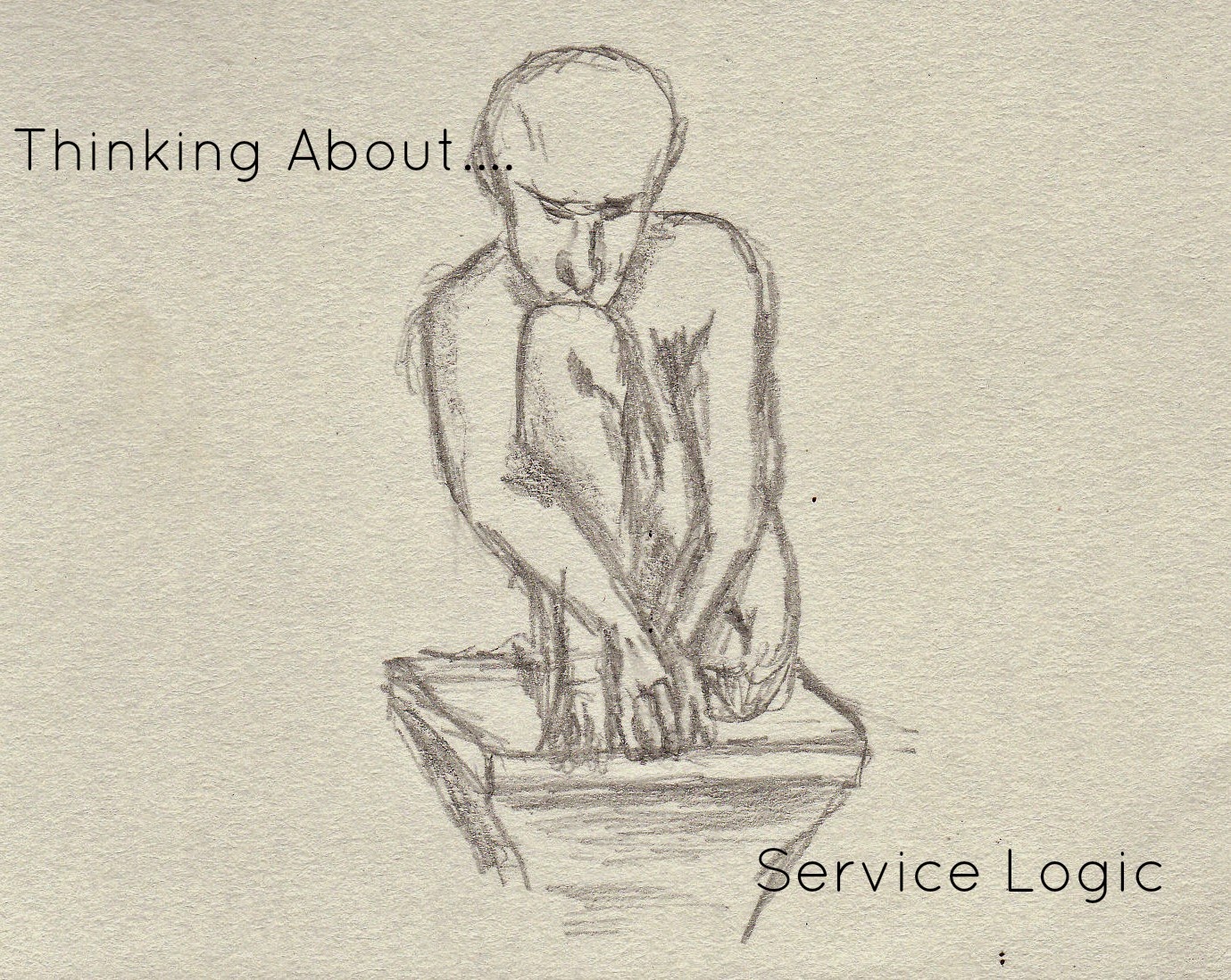The governmental budget has always been an
important part of public discussion. After the 1970’s and 80’s the amount of
publically held debt rose from around 35% of GNP to almost 75% of GNP today.
According to a new report by the Congressional Budget Office that debt will
exceed 100% of GNP in 25 years. Growing debt and lack of sustainable fixes
might be one problem related to not having a paradigm shift on institutions and
spending.
Government has a responsibility to use money
wisely in order to enhance the lives of people and encourage the longevity of
fundamental American values. When institutions take on an existence of their own
and fail to change, they also neglect meeting their fiduciary responsibilities
to the American public. Each wasted dollar is a dollar that can’t be used for
the greater good of the nation.
The growing deficit should be a concern for all
Americans as our and our children’s livelihoods rest on the ability to ensure
government is sustainable and accountable long into the future. Each generation
has its own challenge and leaves a legacy for the next generation. Our legacy
is one that carries the weight of unsustainable spending for the last 40 years
that may very well impact the next 40 years.
Without fundamental changes in the way we think
this debt will rear its ugly head in the future bursting pension funds, raising
interest rates, collapsing municipalities, high student loans, drowning state
budgets and leaving the lives of people shattered. Public perception of government will change
based upon its ability to reign in the monster sleeping under our beds.
There are fundamental differences in perception of
those who receive direct benefit from government spending and those who do not.
Organizations that enjoy the financial benefits of large government spending
through contracts, grants, wages, and resources have a vested interest in
ensuring that government continues to spend and spend big. Those closest to government have little
incentive to change it.
Those outside of government may view spending as
excessive and want justifications for government programs. Running a deficit year
after year without attempting to change seems antithetical to growth and
development. More spending means the next generation will have to pick up the
slack where we left off. One has to wonder where the “buck stops here” in this
mass dispersion of responsibility.
The problem isn’t that anyone is trying to waste
money but that people do not understand the consequences of improper resource
allocation. Without net positive of
government functions the system will continue to amass large amounts of debt
making it more difficult to operate, adjust, and be effective in the future.
When financial resources are needed to avert disaster they won’t be there
without the risk of default.
To solve budgeting problems requires a fundamental
paradigm shift about why these institutions have developed and the need to keep
them updated for efficient effectiveness. Money should not be flowing without some gauge
of the institutions performance. When programs don’t work they need either a
major overhaul or should be discarded as a drag on society. Tough choices many politicians are not willing
to make because the stakes on their careers from special interests are too
high.
Government spending comes with responsibilities
that include evaluating that programs are meeting their objectives; ensuring
evidence is supporting these programs, and they are updated to reduce the drag
on society. When money is used wisely that money can be used to reduce debt or
focus on other important aspects of national growth. Being in an elected position comes with
responsibilities to a wider group of stakeholders. That requires thinking
beyond the short-term to something more sustainable.
